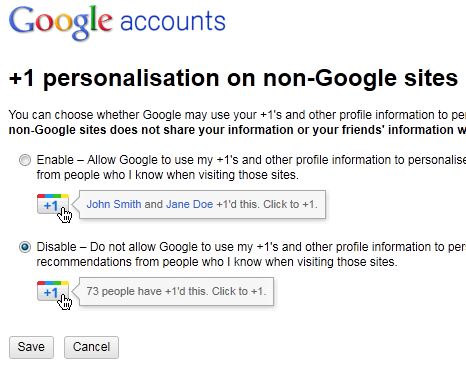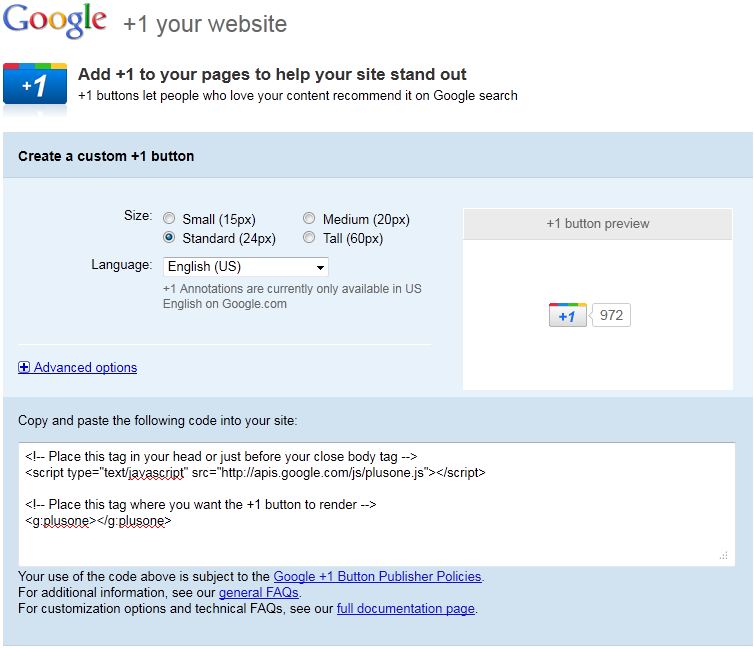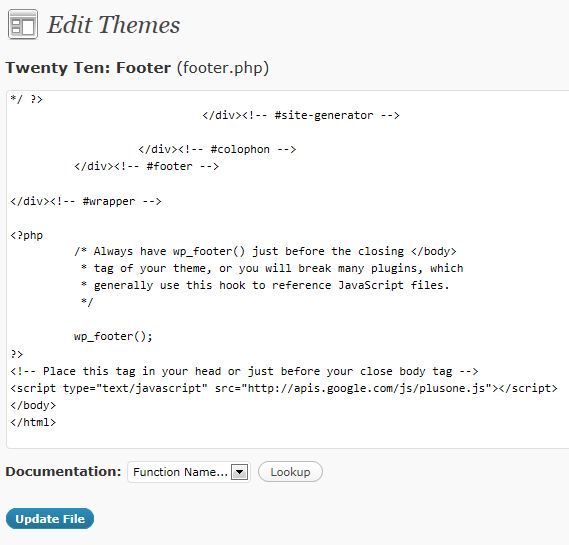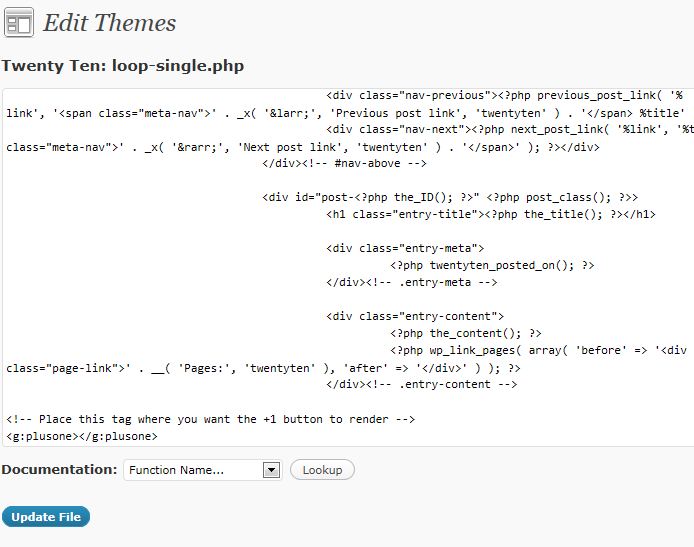I want to put something on the record about the current fascination with everything 3D. It doesn’t matter what kind of a screen you are staring at, from hand held gaming systems to the largest IMAX theatre, they all seem to be getting the 3D compatible treatment. Whatever happens with 3D in the future I’ll now be able to come back to this post and say “see, I was right”, or “wow, I got that so wrong.”
I’ll not beat around the bush here; I think 3D, when applied to consumer electronics (CE), is nothing more than a ploy by the large CE companies to tempt you to upgrade your existing equipment.
The huge sales of wide screen, flat panel TVs over the last 10 years was driven by two major factors, a change in the format of TV and recorded media (from 4:3 standard definition to 16:9 high definition) and the increase in screen size with a reduced footprint. I have personally moved from a 4:3 Sony CRT TV to a 16:9 Sony CRT TV, then switched to a 4:3 projector screen and finally to a 16:9 projector screen.
If you are an executive at a CE company and the majority of your customers have upgraded to a super big, super thin, super HD, wide screen plasma or LCD, what can you sell them now? Sales are about to plummet to the standard replacement rate, with no disruptive technology to push the public into buying new screens. Maybe you could try competing on refresh rates, thinness, some fancy dynamic contrast ratio, or even how “green” the screen is, but none of that is going to create the inertia of the last 10 years. Eventually you realise that you need another change in the format!
CE companies all together now:
“Dear consumers you now have to buy a new screen because all movies will be in 3D, your sports programs will be in 3D, TV programs will be in 3D and so will computer games. But wait, there is more, imagine porn in 3D!”
Consumers all together now:
“Wow, 3D is everywhere, I’d better get a new TV or projector, oh I need a new AVR too and I can buy all those Blurays again to get the 3D versions!”
If you are into home theatre you would swear that this is actually happening with all the buzz around the new 3D products. I will not deny that I’m interested in how the products develop and the technology behind them too. In fact, I quite enjoyed the 3D performance of the latest range of JVC projectors.
However, I believe that there are a number of factors that make the wide adoption of 3D technology in homes unlikely.
Glasses
There are some new 3D implementations that do not require glasses, but I’m guessing that limited viewing angles and poor resolution will take some time to overcome. Therefore until this method matures everyone is stuck with either polarised or active shutter 3D glasses. Which brings us to the following questions:
- How many glasses do you buy, enough for your family? Wait, what about when friends come over to watch that cool game in 3D?
- Can the 3D glasses fit comfortably over an existing pair of glasses that are needed to see the content?
- What’s the viewing angle of the glasses? Do I have to redesign the living room for 3D!?
- Will one manufacturer’s glasses work with another screen in the bedroom? Probably not!
Content
Right now there is a limited number of Blurays with 3D content. TV is fairly limited to some sporting events and some trials of a few programs/movies. Even if all content was available in 3D, is it really necessary or do you want to even view the news and weather report in 3D?
Brightness
Wearing 3D glasses reduces the amount of light that enters your eyes, making the image appear darker than what it would otherwise be. If you have a 3D compatible super bright TV or projector and a light controlled room then you are probably ok, otherwise you will lose some of the impact. It’s the same at the cinema too, just take your glasses off and see the change in brightness the next time you catch a 3D movie.
Colour Shift
If you reduce the brightness and introduce a slightly coloured plastic lens like those on the 3D glasses then the colours change. I prefer to see content how it was supposed to look!
Fake Feeling
I just can’t help but feel that the majority of content feels fake. If it’s a movie like Avatar that is not set in the real world it’s not so much of an issue, but watching a group of Korean pop stars prance around in 3D just looks weird.
Artefacts
Even in the best 3D systems you are likely to see some processing errors that cause you to see jerky motion scenes, ghosting or even dropped frames. This causes you to become distracted, focusing on the technology and therefore reducing the overall movie experience.
Physical Issues
Yes, you read correctly, 3D can cause physical problems for some people, especially with the active shutter glasses. Symptoms associated with viewing 3D content are eye strain, headaches and even a temporary loss of balance. I certainly felt eye strain and a loss of balance while viewing an Avatar demo for less than 5 minutes with active shutter glasses.
Conclusion
When consumers moved from a CRT 4:3 display to a wide screen plasma or LCD it was a relatively simple change with immediate “wow” factor for everyone who came to see it. 3D certainly can have the “wow” factor, but with the many limitations mentioned above its adoption in the average family home is unlikely. I do know some people who have upgraded already, but they are in the hard core enthusiast category, who must have the latest and greatest technology in their home theatre system.
I will keep going to the cinema to catch a 3D movie every now and then, but I’ll probably watch many of the 3D movies in 2D instead. I certainly will not be upgrading my home theatre system to be part of CE companies’ ploy to extract my hard earned cash to hit their sales targets!






